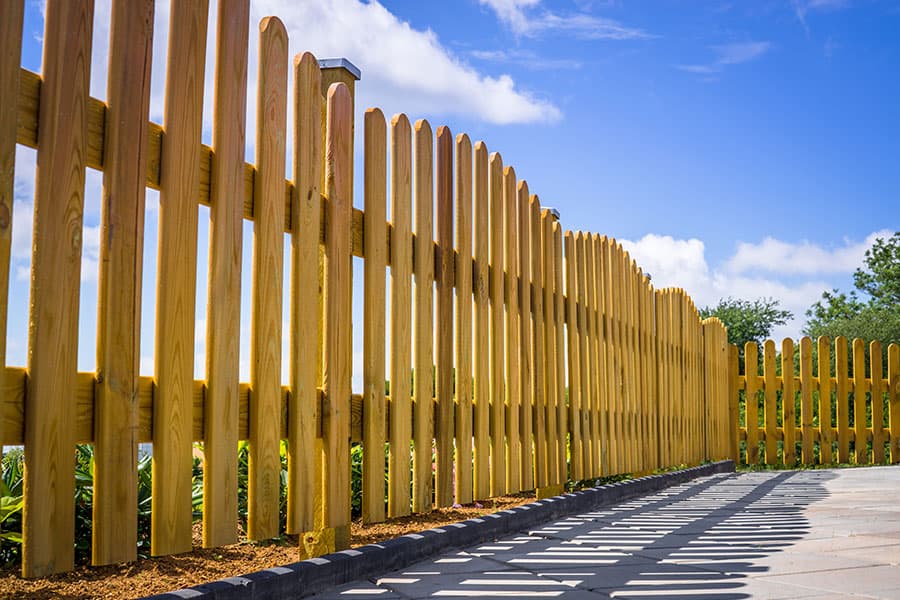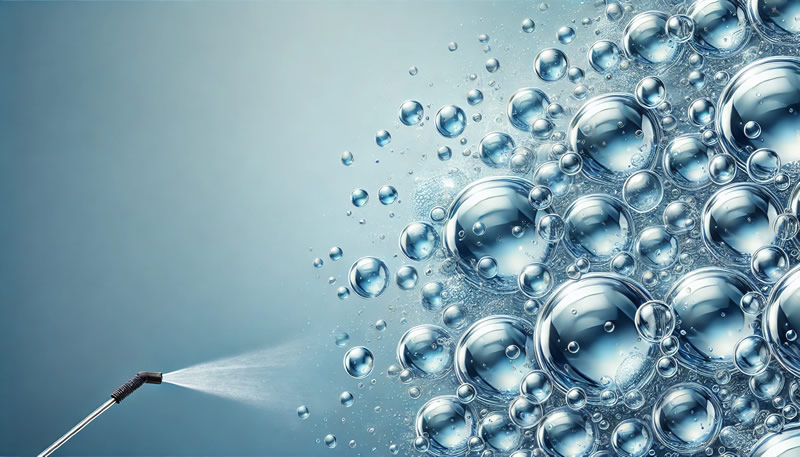Why Your Fence Turns Gray: The Science Behind Wood Weathering and How Pressure Washing Reverses It

A freshly installed wooden fence is a thing of beauty—rich tones, defined grain, and natural warmth that enhances any outdoor space. But after a year or two, many homeowners are surprised to find that once-golden wood has turned dull, lifeless, and gray. So what causes this transformation, and how can it be reversed? Let’s explore the science of wood weathering and how fence cleaning through professional pressure washing can bring that like-new look back to life.
What Causes a Wood Fence to Turn Gray?
The graying process is primarily caused by oxidation, a natural chemical reaction between oxygen and the organic compounds in wood. Over time, exposure to air and sunlight causes lignin—a structural component in wood—to break down. This weakens the wood fibers and results in a faded, grayish appearance.
But oxidation isn’t the only culprit. Ultraviolet (UV) radiation from the sun accelerates this breakdown, especially in softwoods like pine or cedar. Moisture is another key factor. When rain, dew, or humidity repeatedly soak into untreated wood, it promotes swelling, drying, and cracking—creating the perfect breeding ground for organic growth like algae, mold, and mildew. These contaminants further discolor the surface, especially on the shaded or north-facing sides of a fence.
Different Wood Types, Different Reactions
Not all woods weather equally. Cedar and redwood, for example, are naturally more resistant to decay and insects, but they’ll still turn gray when exposed to the elements without protection. Pressure-treated pine tends to absorb more moisture and may develop black or green staining if not properly maintained. Even tropical hardwoods like ipe or teak—while more durable—can lose their rich color when neglected.
This is why knowing your fence’s material is key when planning a fence cleaning routine. Each type requires different care and a customized approach.
How Pressure Washing Reverses the Damage
Pressure washing, when done correctly, is one of the most effective ways to remove that gray layer and restore your fence’s original color. The process uses water pressure to strip away dead fibers, dirt, mildew, and stains—revealing the healthy wood underneath.
However, technique matters. Using too high a PSI (pounds per square inch) can gouge or splinter wood. For most fences, a pressure setting between 500 to 1200 PSI is ideal, paired with a wide-angle nozzle (usually 25 or 40 degrees) to reduce surface damage. Softwoods require lower pressure, while harder woods can tolerate more.
In addition to restoring appearance, pressure washing preps the wood for sealing or staining. By opening up the wood grain and removing debris, it ensures better absorption and longer-lasting protection against the elements.
For homeowners looking for exceptional pressure washing in Houston, hiring experienced professionals ensures that your fence is cleaned safely, evenly, and efficiently—without damaging the surface.
Before and After: Seeing is Believing
The difference is dramatic. A gray, tired-looking fence can be completely revitalized with just one careful cleaning. Many homeowners are amazed at how much newer and brighter their yard feels once their fence is restored.
For expert Houston fence cleaning services that revive and protect your property, trust KT Power Washing & Sealing to get the job done right.


